In every production facility, trash will be generated. It is critical that you adopt practices that will reduce waste generation. Overproduction, flaws, inventories, wasteful motion and transportation, waiting periods, over-processing, and unused time and creativity of staff are all examples of frequent wastes in manufacturing operations. Here are eight methods for reducing production waste.
1. Identify Waste Sources
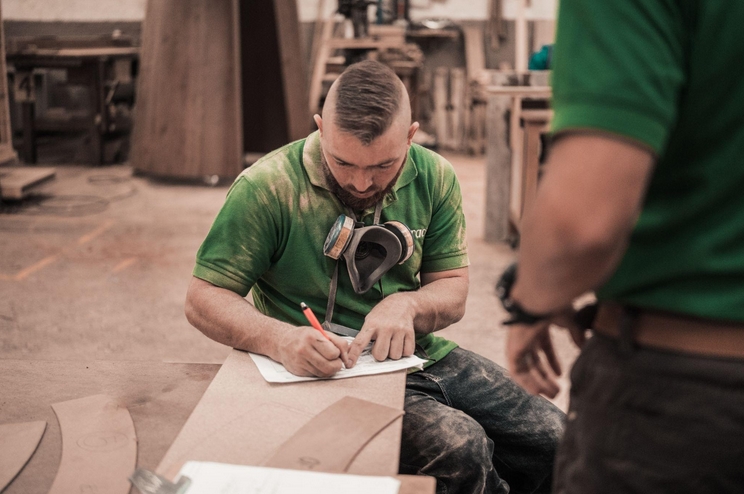
Examine your own supply chain to discover what you can use. Carefully consider your Personnel, materials, and transportation expenses. Your employees should be well-trained and working at full capacity. Reduce the number of employees as needed to meet the production schedule, and be prepared to hire seasonal staff as needed. Recruiters can assist in the search for contract placements to fill those seasonal positions.
2. Ensure Efficient Inventory Management

Controlling the resources used in the manufacturing process and maintaining the appropriate inventory including raw materials, work in progress, and finished goods can help to reduce manufacturing waste, as well as the risk of loss, decay, and damage. To reduce the amount of trash generated, reduce the amount of extra raw materials in-store as well as the number of hazardous materials. Only order the amount of any material required for production and meeting client demand for a given time period.
3. Conduct Waste Management Audits

Audits reveal important information about how equipment is used and where improvements might be made. Audits focusing on how equipment is utilized, for example, can detect excessive wear on components that are already prone to failure. Replaceable components last longer using these plates, lowering expenses year after year.
Consider hiring Independent Auditors, as they can provide candid judgments and suggestions that management hasn’t considered. They may make recommendations for improvements to the line or conduct a full-scope audit that was not completed in a timely manner. Any knowledge regarding what’s going on the floor has the potential to impact higher-level thinking and result in substantial improvements.
4. Reduce Packaging Materials
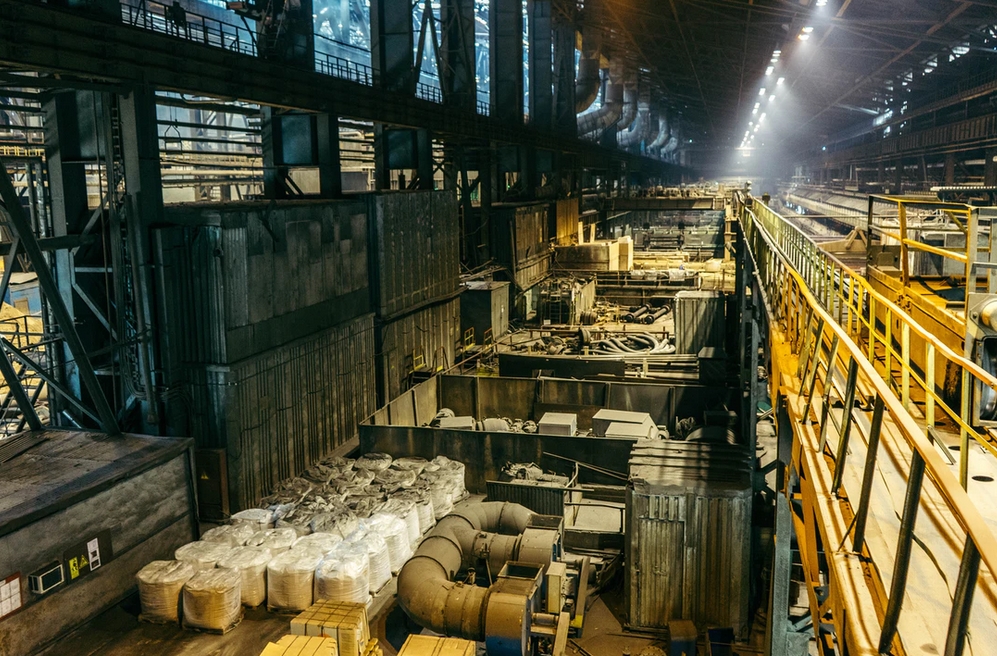
Redesign the product packaging to use the least amount of materials possible. To offer to cushion, try using reusable or flexible packaging. Before they notice your goods, your customers will notice your packaging. Give them something they won’t be able to turn down! If a problem can be avoided before it manifests, that is always preferable. To avoid waste, manage your purchases by focusing on materials that are durable or reusable. To eliminate wasteful purchases, implement a more accountable purchasing structure.
5. Reduce Water Wastage
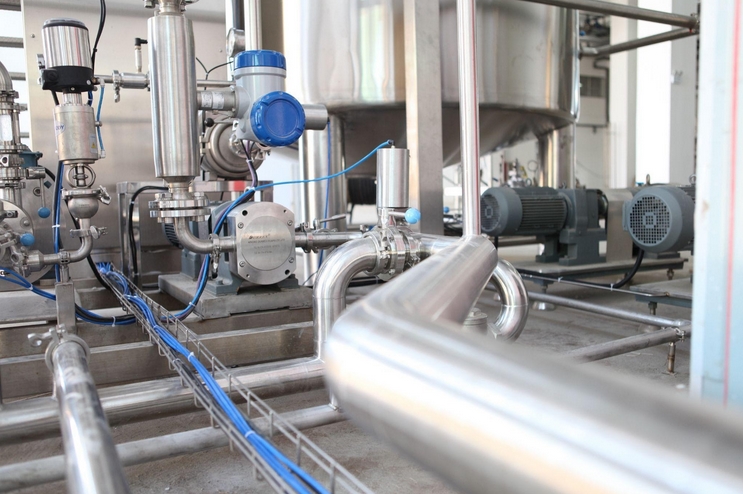
Manufacturing waste streams include a substantial amount of industrial sludge and wastewater. These elements can be reduced by reducing the amount of water used in processes and water wasted through leaks. Chemical drying agents, reverse osmosis, dry machining, and membrane biological reactors can all help with this. You can also invest in high-quality and reliable Gate Valves to fix any water leakages you may have at your plant.
Encourage staff to drink less bottled water because plastic drinking bottles account for a large portion of the garbage generated. Switch to drinking from glasses or encourage employees to bring their own reusable glass bottles to work.
6. Reduce Your Lead Times
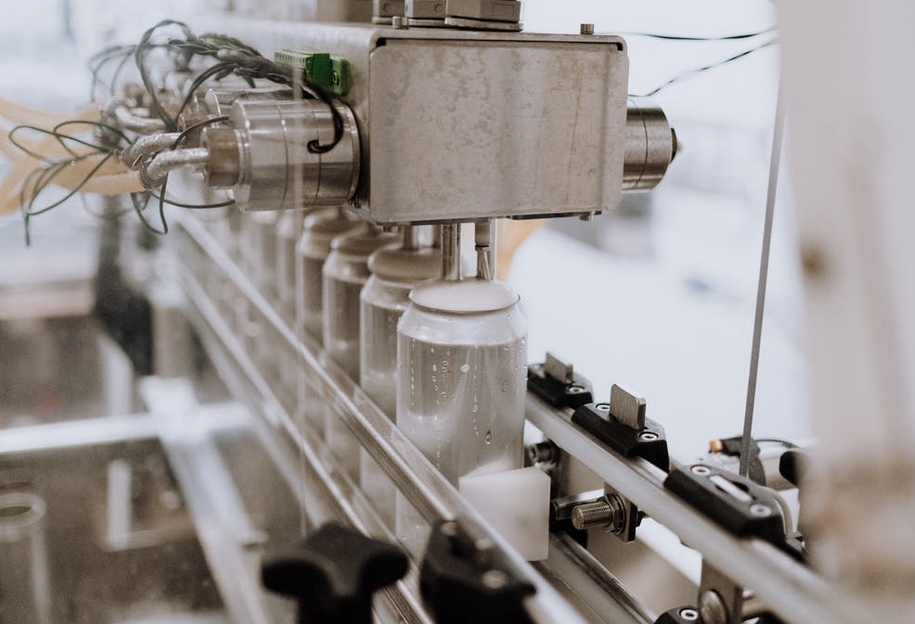
Simple changes on your end, such as improving your packaging process, can have an impact on the supply chain and shorten wait times. This keeps you competitive and gives you a better idea of when the product will hit the stores. Even something as simple as a screw or an internal component can help reduce development costs and increase turnaround time. To enhance efficiency in your packaging operation, purchase a high quality packaging machine like the automatic can sealer from Leavepack. All you have to do is choose the right one for your applications.
7. Organize Your Warehouse Properly
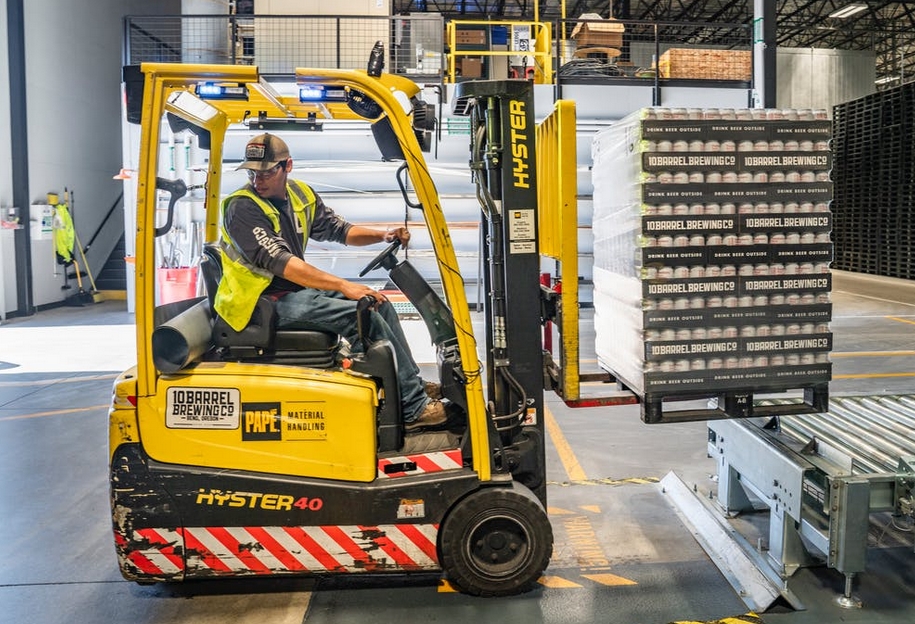
Ensure that your warehouses are well-organized and labeled. Ensure that throughout the warehouse, all inventory, tools, supplies, and assets required for manufacturing processes are clearly identified. The markings may fade, become non-existent, or become outdated with time. While this may not be an issue for long-term staff, new hires and temporary workers may find it difficult to navigate a warehouse that isn’t well-organized or designated.
8. Adopt a Closed Loop Manufacturing System
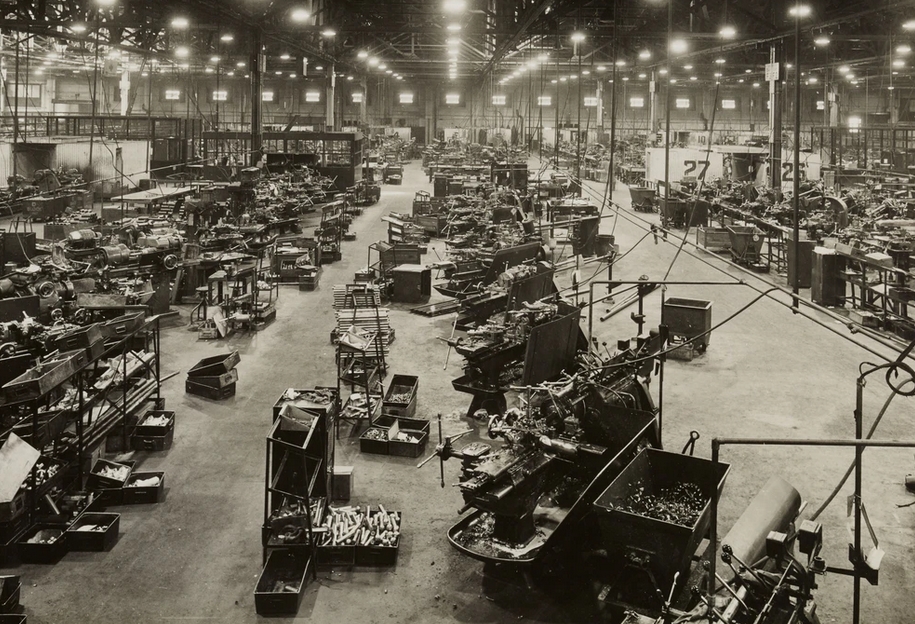
Making things ‘closed-loop’ is becoming more prevalent. It’s an approach based on circular economies and full-system recycling concepts. While it isn’t easy, it is certainly feasible for a variety of sectors. Closed-loop manufacturing works by prolonging the lives of previously discarded materials and reintroducing them back into the manufacturing process through system advancements. In order to reduce environmental effects, it also involves using recycled products rather than virgin resources. You can effectively meet your need to reduce production waste by repurposing your waste for something other than the landfill.
Conclusion
Nobody wants their waste management to limit their company’s expansion. While some may consider it an afterthought, it is a key business factor that affects not just your costs but also your compliance. You’ll be able to better manage your waste, ensure the efficiency of your machinery, and explain your waste management strategy to your employees and colleagues if you follow this guidance.





